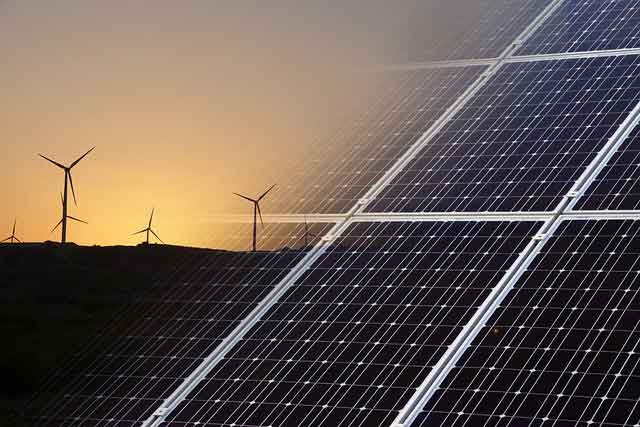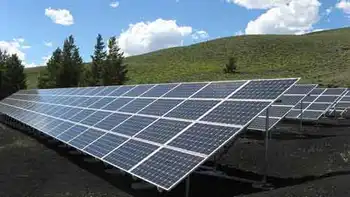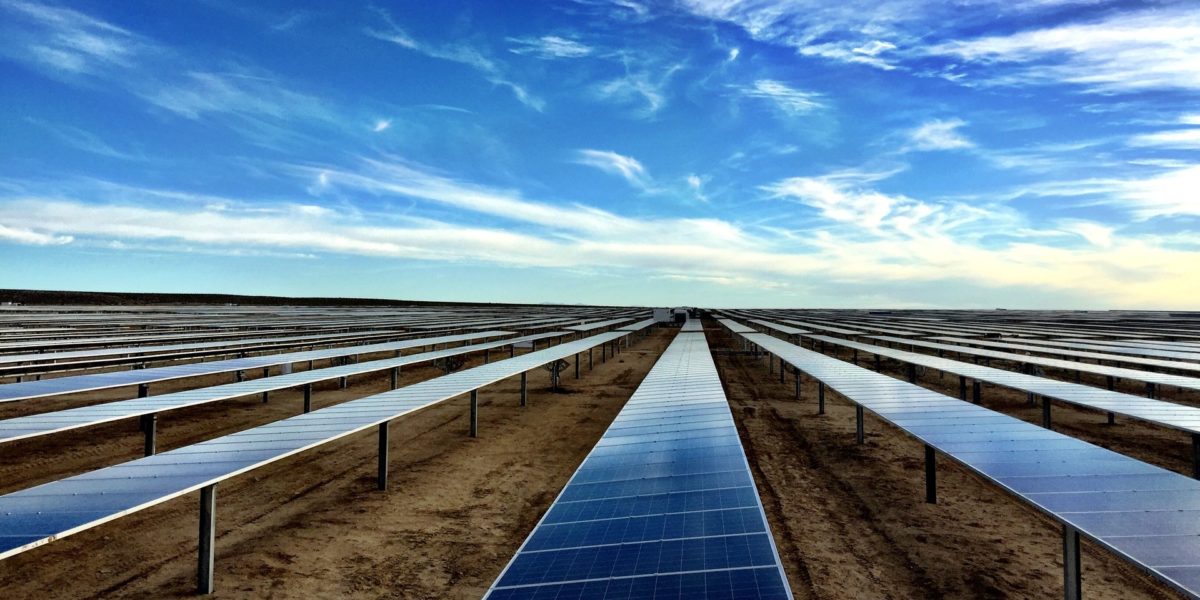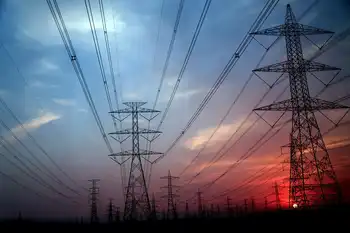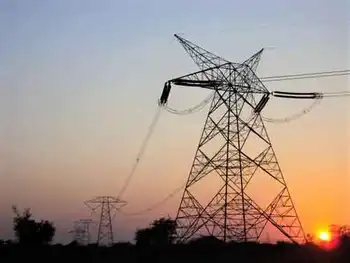Ontario Clean Electricity Regulations accelerate renewable energy adoption, drive emissions reduction, and modernize the smart grid with energy storage, efficiency targets, and reliability upgrades to support decarbonization and a stable power system for Ontario.
Key Points
Standards to cut emissions, grow renewables, improve efficiency, and modernize the grid with storage and smart systems.
✅ Phases down fossil generation and invests in storage.
✅ Sets utility efficiency targets to curb demand growth.
✅ Upgrades to smart grid for reliability and resiliency.
Ontario has taken a significant step forward in its energy transition with the introduction of new clean electricity regulations. These regulations, complementing federal Clean Electricity Regulations, aim to reduce carbon emissions, promote sustainable energy sources, and ensure a cleaner, more reliable electricity grid for future generations. This article explores the motivations behind these regulations, the strategies being implemented, and the expected impacts on Ontario’s energy landscape.
The Need for Clean Electricity
Ontario, like many regions around the world, is grappling with the effects of climate change, including more frequent and severe weather events. In response, the province has set ambitious targets to reduce greenhouse gas emissions and increase the use of renewable energy sources, reflecting trends seen in Alberta’s path to clean electricity across Canada. The electricity sector plays a central role in this transition, as it is responsible for a significant portion of the province’s carbon footprint.
For years, Ontario has been moving away from coal as a source of electricity generation, and now, with the introduction of these new regulations, the province is taking a step further in decarbonizing its grid, including its largest competitive energy procurement to date. By setting clear goals and standards for clean electricity, the province hopes to meet its environmental targets while ensuring a stable and affordable energy supply for all Ontarians.
Key Aspects of the New Regulations
The regulations focus on encouraging the use of renewable energy sources such as wind, solar, hydroelectric, and geothermal power. One of the key elements of the plan is the gradual phase-out of fossil fuel-based energy sources. This shift is expected to be accompanied by greater investments in energy storage solutions, including grid batteries, to address the intermittency issues often associated with renewable energy sources.
Ontario’s new regulations also emphasize the importance of energy efficiency in reducing overall demand. As part of this initiative, utilities and energy providers will be required to meet strict energy-saving targets and participate in new electricity auctions designed to reduce costs, ensuring that both consumers and businesses are incentivized to use energy more efficiently.
In addition, the regulations promote technological innovation in the electricity sector. By supporting the development of smart grids, energy storage technologies, and advanced power management systems, Ontario is positioning itself to become a leader in the global energy transition.
Impact on the Economy and Jobs
One of the anticipated benefits of the clean electricity regulations is their positive impact on Ontario’s economy. As the province invests in renewable energy infrastructure and clean technologies, new job opportunities are expected to arise in industries such as manufacturing, construction, and research and development. These regulations also encourage innovation in energy services, which could lead to the growth of new companies and industries, while easing pressures on industrial ratepayers through complementary measures.
Furthermore, the transition to cleaner energy is expected to reduce the long-term costs associated with climate change. By investing in sustainable energy solutions now, Ontario will help mitigate the financial burdens of environmental damage and extreme weather events in the future.
Challenges and Concerns
While the new regulations have been widely praised for their environmental benefits, they are not without their challenges. One of the primary concerns is the potential cost to consumers, and some Ontario hydro policy critique has called for revisiting legacy pricing approaches to improve affordability. While renewable energy sources have become more affordable over the years, transitioning from fossil fuels could still result in higher electricity prices in the short term. Additionally, the implementation of new technologies, such as smart grids and energy storage, will require substantial upfront investment.
Moreover, the intermittency of renewable energy generation poses a challenge to grid stability. Ontario’s electricity grid must be able to adapt to fluctuations in energy supply as more variable renewable sources come online. This challenge will require significant upgrades to the grid infrastructure and the integration of storage solutions to ensure reliable energy delivery.
The Road Ahead
Ontario’s clean electricity regulations represent an important step in the province’s commitment to combating climate change and transitioning to a sustainable, low-carbon economy. While there are challenges to overcome, the benefits of cleaner air, reduced emissions, and a more resilient energy system will be felt for generations to come. As the province continues to innovate and lead in the energy sector, Ontario is positioning itself to thrive in the green economy of the future.
Related News







